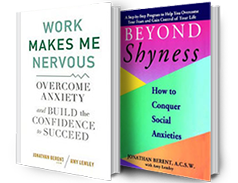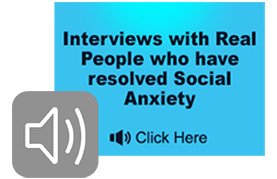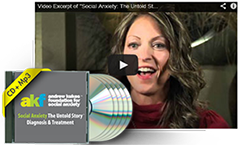Ask Jonathan
What else can I do to help my child?
Asked By: Anonymous Views: 1,309 times
My son is 4 with selective mutism. Last year he went to preschool 2x a week and never spoke to kids or teachers. Refused to use bathroom resulting in accidents. We are back to the same behavior this year. He says he’s afraid to talk. We gave been working on him being less dependent at home…using the bathroom alone at home for a few months now, not carrying him all the time, getting dressed etc. The school system is going to observe him to give his teacher ideas on how to make him more comfortable. We try to ask about his emotions but he doesn’t respond. We are working on play dates at our home. Also he’s a thumb sucker… does this behavior factor into the anxiety? He does it at home a lot even though he talks tons at home. What else can we do.

The short answer to your question is that there is alot more that you can do. I encourage you to study the selective mutism content on this blog and at www.socialanxiety.com, but I will adress some specific points here. Whether the person with selective mutism is 4, 14, or 24 years of age it is important to understand that while the intellectual intelligence of the sufferer may be high, the social and emotional intelligence is low. Children and adolescents with selective mutism do not have any "initiative" for healing. This does not mean ability. It means the motivation to start up. "Primitive" functioning is at work. I am defining "primitive" as "spending the least amount of energy possible to sustain baseline functioning". The slectively mute child needs to be taught to heal. A major component of this is to nurture the child into the stress of identifying feelings and thoughts. This is usually a daunting effort as the sufferer is invested in "detaching" , which is a compulsion not to be involved in this process. One "technique" that I have found useful is the 3-step method of teaching an emotional vocabulary. It goes as follows:
- Pick an emotion (nervous, proud, uncomfortable, angry, etc) and define it.
- You the parent give an example of a scenario where you experienced the emotion.This is called "modelling".
- Help your child identifiy a situation in which he/she experienced the feeling.
The following is part of a collection of questions and sharing by our readership community about a wide variety of aspects of social anxiety. Dive in and receive practical insights and advice. If you have a question that is not included you can contact Jonathan at jberent@socialanxiety.com.



